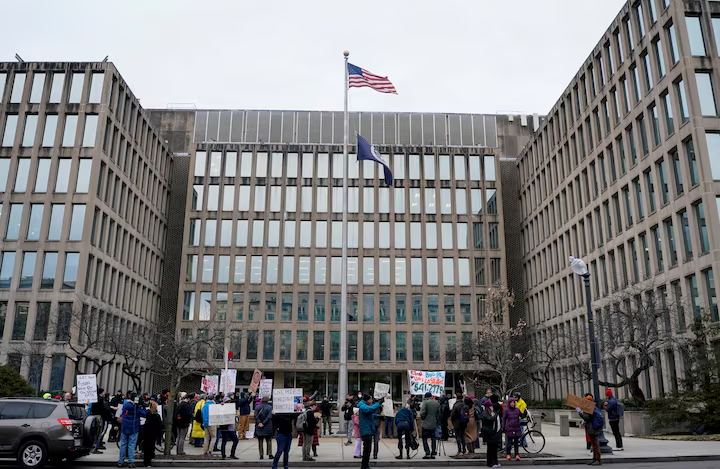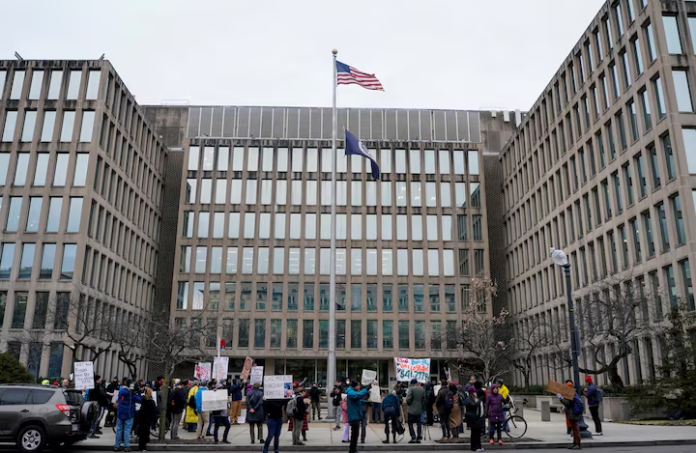The U.S. job market took a serious hit in February, with employers announcing a staggering 172,017 job cuts—marking a 245% increase from the previous month. The primary driver? Mass layoffs in the federal government, alongside budget cuts and contract cancellations. This wave of job losses, the largest seen since the COVID-19 pandemic, signals growing uncertainty in the economy.
Federal Job Cuts Reach Alarming Levels
According to a report from outplacement firm Challenger, Gray & Christmas, February saw the highest number of layoffs for this month since the Great Recession. The federal government accounted for a significant portion of these cuts, slashing 62,242 jobs across 17 different agencies. In total, 62,530 government employees lost their jobs in the first two months of 2025—an astonishing 41,311% increase compared to the same period in 2024.
“When mass layoffs happen, it creates a ripple effect, leaving remaining employees feeling insecure and prompting even more resignations,” said Andrew Challenger, senior vice president at Challenger, Gray & Christmas.
DOGE at the Center of Job Losses
A major factor behind these job cuts is the Department of Government Efficiency (DOGE), led by billionaire Elon Musk. DOGE has been aggressively cutting government spending, leading to frozen budgets, workforce reductions, and the termination of thousands of federal employees, including scientists, park rangers, and administrative workers.
President Donald Trump, who has long criticized the federal government as being bloated and inefficient, has supported these measures. However, a federal judge recently intervened, temporarily blocking further mass layoffs within key government agencies, including the Department of Defense.
Private Sector Also Feeling the Impact
The fallout from these federal layoffs is extending into the private sector. Government contractors, whose funding is now in jeopardy, have also started letting go of employees. Tariffs imposed or threatened by the administration have further complicated the economic landscape, forcing companies to downsize.

Challenger reports that 63,583 job losses can be directly linked to DOGE’s policies, with additional cuts hitting non-profits and other federally funded programs. Washington, D.C., has been hit particularly hard, losing nearly 62,000 jobs so far in 2025—compared to just 60 job losses in the same period last year.
What’s Next for the U.S. Job Market?
Outside the government sector, industries like retail, technology, and consumer goods have also seen layoffs, though not at the same scale. Despite these losses, analysts predict that nonfarm payrolls may still show an increase of around 160,000 jobs in February, up from 143,000 in January. The unemployment rate is expected to remain steady at 4.0%.
While the latest job report won’t fully reflect these government layoffs, experts warn that continued funding freezes and employment cuts could have a more profound effect in the coming months. If DOGE’s aggressive cost-cutting measures continue, both public and private sector workers may face an even tougher job market ahead.
For those affected, finding new opportunities in an increasingly uncertain economy will be a challenge, especially as companies tighten their hiring processes in response to economic and political pressures.



